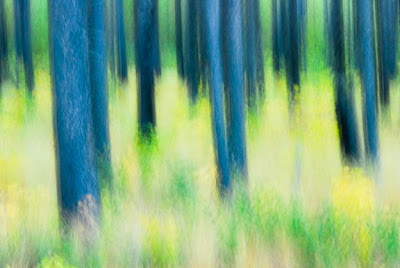


4) As always, you still need good subjects and composition.
And the fifth images shows a cup swipe of another rose bed (1/5 sec).





4) As always, you still need good subjects and composition.
And the fifth images shows a cup swipe of another rose bed (1/5 sec).


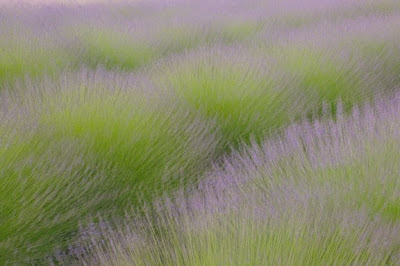
 Using a Lensbaby can be a lot of fun. They are especially great when it comes to flower photography. I had been planning to add the macro kit attachments to my assortment of tools (or toys if you wish), but then I learned about the push. Normally with a lensbaby 2 or 3G you are pulling in on the edges and tilting the lens for the desired effect.
Using a Lensbaby can be a lot of fun. They are especially great when it comes to flower photography. I had been planning to add the macro kit attachments to my assortment of tools (or toys if you wish), but then I learned about the push. Normally with a lensbaby 2 or 3G you are pulling in on the edges and tilting the lens for the desired effect.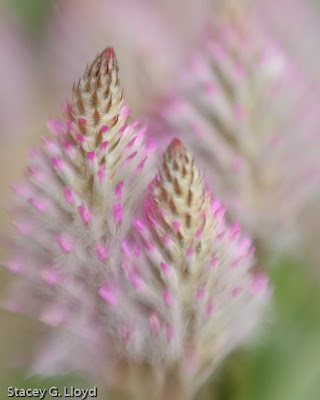 But you can’t get real close to the subject. If instead you use your fingers to “push” the lens out and extend the corragated tube you can get closer and get a real shallow depth of field . With my 3G I push it to near maximum externsion and then lock it there. The images here in my blog were all shot that way.
But you can’t get real close to the subject. If instead you use your fingers to “push” the lens out and extend the corragated tube you can get closer and get a real shallow depth of field . With my 3G I push it to near maximum externsion and then lock it there. The images here in my blog were all shot that way.


As I continue explore HDR, I now understand why many photographers believe it is the future. It is when digital photography moves beyond its analog film roots. For some it is the same as the jump from B&W to color. In the end HDR will let you capture the full visible spectrum in a single image file. This is far beyond anything film can capture. These files will be the new RAW. Today we approximate this with multiple bracketed exposures that are combined into a single “HDR” file with SW tools like Photomatrix. A new dimension of creativity and artistry comes into play as the photographer maps (tone mapping) this HDR image into a display medium.: a print, a display, etc. These media are very limited in their luminance range so this mapping is necessary. I will begin explaining more about all of this in future blogs. For now, I have included another HDR image.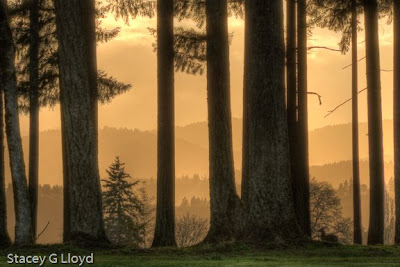
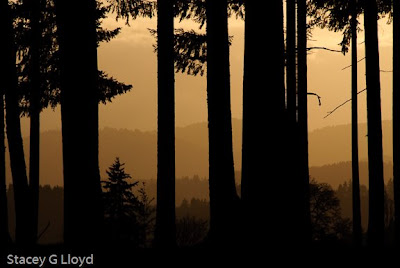

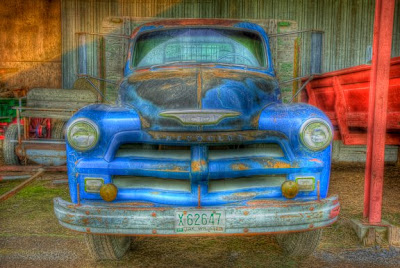


Yaquina Art Gallery 2013 Juried Show of Photography Opening night Nov. 1st from 5-7pm Exhibition Nov 1st-30th, 2013 I have a couple of images in the show and will be there for the opening.
Shutterbug Floral Fusions Article Shutterbug Backlit Swipes Article
©2017 Stacey G Lloyd
